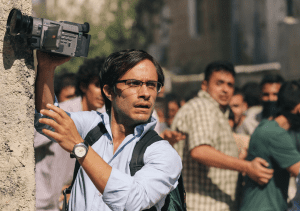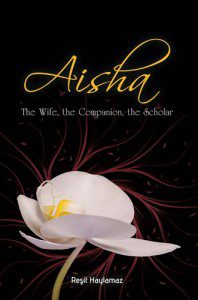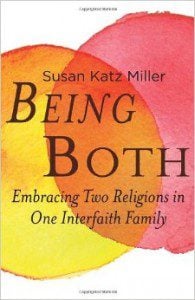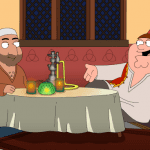 |
|
West Banksy
|
When was the last time you saw CNN correspondent Christiane Amanpour do an in depth one on one interview with a Muslim personality from the West? In his university days, British born artist Mohammed Ali – now better known as Aerosol Arabic – was immersed in hip-hop culture, living the fast life and indulging in street graffiti, but the abrupt loss of a close friend led him to deep introspection on the direction of his life. These days, Mohammed fuses aerosol graffiti techniques with Islamic calligraphy and iconography, using his creative energies in a manner that has attracted the attention of the mainstream artistic community, as well as media coverage from CNN, BBC, CBC, Al-Jazeera and others. He has taken his unique brand of work to Denmark, Dubai, Sweden, and has just launched a US tour alongside the UK Arts Council. The Arts and Islam tour will include Mohammed’s staple graffiti wall murals accompanied by presentations at museums and universities. Pausing to remember the community from which he comes, he will be doing a special mural tribute in New York City commemorating the tragic loss of 9 Muslim children in a Bronx fire.
But Mohammed is not the only contemporary Muslim artist celebrating his Muslim identity and fusing it with contemporary art. Asma Shikoh, a Pakistani-American who holds a Bachelors in Fine Arts from the Indus Valley School of Art and Architecture in Karachi, recently held a highly successful solo exhibition entitled “Liberated“. Her pieces contain an mix of themes that blend her identity as a practicing Muslim woman with her contemporary life in New York City. One of her featured works, the “Beehive“, is a series of connected cardboard cells forming the shape of a honeycomb, with each cell containing 100 different hijabs contributed by women from all over America. Each cell has a description provided by the hijab contributor explaining its significance to them. Other pieces include a New York City subway map completely translated into Urdu, a blend of NYC Metrocards cut up into various shapes in classical Islamic art to create a kaleidoscope, 3D/2D mixed city landscapes, and portraits of “Muslima Superheroes”. “As an artist, my concerns have always been my immediate environment, especially the cities I’ve lived in,” explains Asma. “‘Liberated’ juxtaposes my fascination with New York City life and my experience with the self empowering identity of American Muslim women.”
What makes the work of these artists so provocative is that they are clearly Western and at the same time unambiguously Islamic. Despite using Islamic themes and messages, their work carries a universal appeal that draws in people from all walks of life and help to establish Muslims as a permanent, contributing thread in the Western fabric. So while the debates on hijabs in the West continue, and while some continue to worry about homegrown terrorism reoccurring on American soil, one woman with a brush in her clutch and one man with a spray can in his hand are serving as a models of homegrown art, culture, and hope for the fusion of Islamic identity and Western citizenry.
Azeem Khan is a Brooklyn-based Muslim community activist who has served as the National Coordinator of Young Muslims (YM) and the Assistant Secretary General of the Islamic Circle of North America (ICNA).











